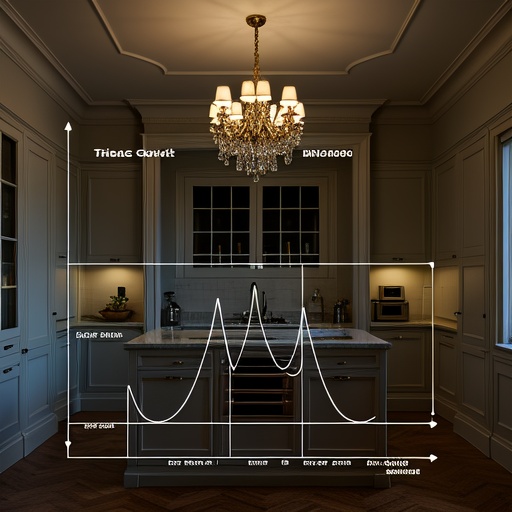Maximize Ambiance: The Roleof Triac in Dimming Power Supplies
In the ever-evolving landscape of interior design and architectural lighting, the ability to create the perfect ambiance is paramount. Central to this quest for atmospheric perfection lies the often-overlooked hero: the Triac. This ingenious semiconductor device has revolutionized the way we interact with light, enabling seamless dimming capabilities that elevate spaces from functional to extraordinary. Let's delve into the crucial role of Triacs in dimming power supplies and how they contribute to maximizing ambiance.
Understanding Triacs: The Heart of Dimming Solutions
A Triac, short for Triode for Alternating Current, is a versatile component that acts as an AC switch. Unlike regular transistors that can only control DC currents, Triacs are designed to handle alternating current, making them ideal for applications like lamp dimmers where the flow of electricity needs to be precisely managed. By varying the phase angle at which the Triac conducts, the amount of power delivered to a light source can be meticulously adjusted, resulting in smooth dimming action.
The Magic of Smooth Dimming
Traditional on/off switching methods for lights create abrupt transitions between full brightness and complete darkness, which can be jarring and limiting when it comes to setting the right mood. Triac-based dimmer circuits, however, offer a sophisticated solution. They chop the AC waveform, effectively reducing the RMS voltage supplied to the load (usually a light bulb or LED array), thereby controlling the light output without flickering or humming noise – a common issue with older dimming technologies.
This precise control over light intensity allows designers and homeowners alike to fine-tune the illumination levels to suit different times of day, activities, or moods, enhancing the overall ambiance of a space. From cozy dinner settings to dynamic accent lighting, the flexibility provided by Triac-controlled dimmers is unparalleled.
Energy Efficiency and Longevity
Beyond ambiance enhancement, Triacs also contribute significantly to energy efficiency and extended lamp life. By reducing the electrical power consumed during dimming, these devices help lower energy bills and carbon footprints. Moreover, since they minimize thermal stress on lamps by avoiding cold starts and excessive voltage spikes, Triac-controlled dimmers can prolong the lifespan of both incandescent and LED bulbs, making them a sustainable choice for eco-conscious consumers.

Compatibility and Integration
Modern Triac-based dimmers are designed to be compatible with a wide range of lighting technologies, including halogen, compact fluorescent, and LED lights. As technology advances, many models now feature advanced features such as preset scenes, remote control, and even integration with smart home systems, allowing users to automate their lighting schemes for optimal ambiance at the touch of a button or a voice command.
Conclusion: Illuminating Possibilities
In conclusion, the humble Triac plays a mighty role in transforming ordinary spaces into ambient havens. Its ability to facilitate smooth, energy-efficient dimming opens up a world of possibilities for designers and homeowners seeking to create environments that are not just lit but truly alive with atmosphere. As technology continues to evolve, we can expect even more sophisticated Triac-based solutions to emerge, further refining our ability to manipulate light and maximize ambiance in every corner of our lives.
By understanding and harnessing the power of Triacs in dimming power supplies, we unlock new dimensions in lighting design, where every subtle adjustment contributes to a heightened sense of place and emotion. So, the next time you reach for the dimmer switch, remember that behind that simple action lies a complex dance of electrons orchestrated by the unsung hero – the Triac.
 In heritage architecture prote
In heritage architecture prote
 When small-batch customization
When small-batch customization
 Have the electromagnetic emiss
Have the electromagnetic emiss
 When Triac dimmable power supp
When Triac dimmable power supp
